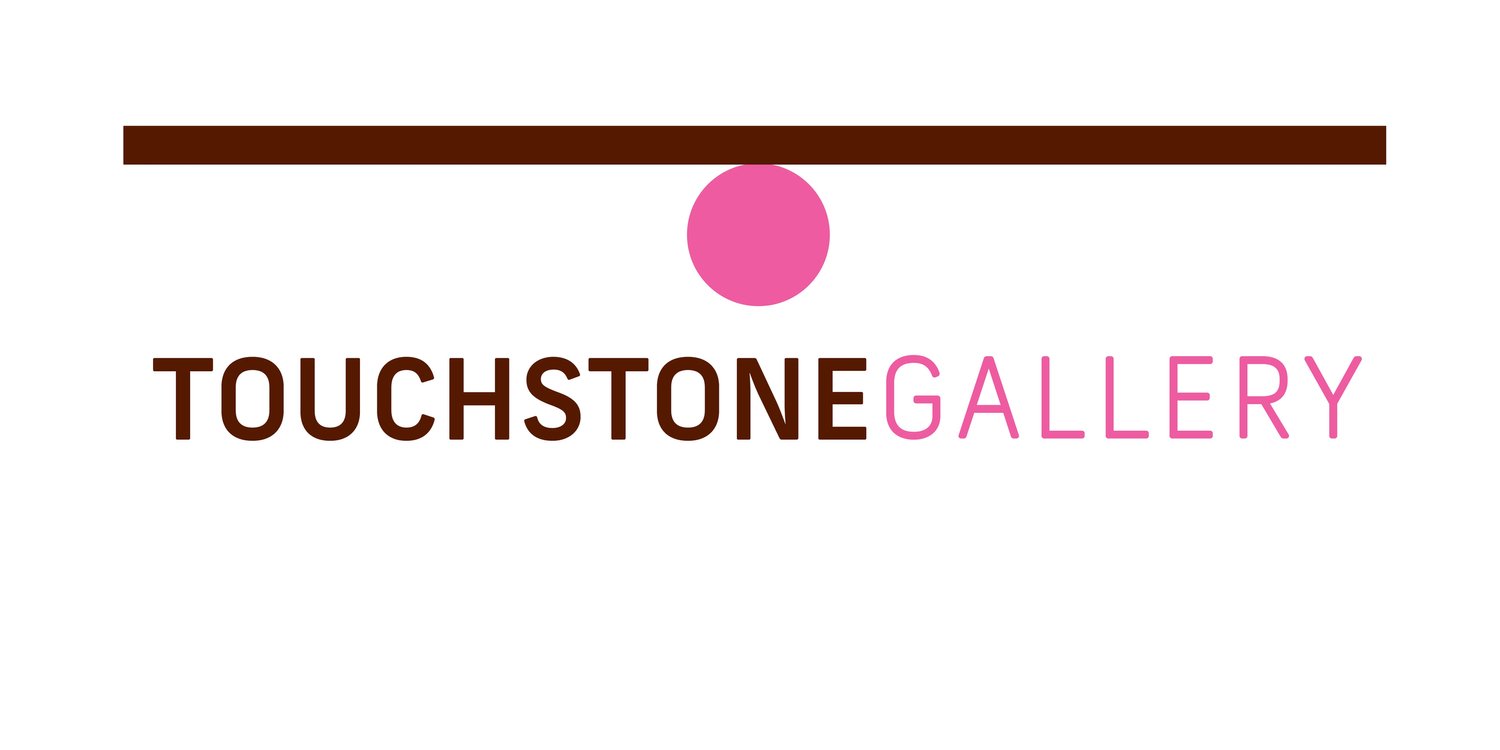Untold Stories 10
Claudia Samper’s recurring theme is human relationships. In Urban Nest, her October 2019 mixed-media show at Touchstone Gallery, Samper explores both our relationships with each other in the urban community, and our urban community’s relationship with nature. Samper’s interest in these interactions stems from her early training as an architect. “As an architect, I always ponder the spaces we create, where we live, how we live,” she says.
The complex, interwoven nature of the urban environment’s conglomeration of the man-made and the natural world is represented through the unusual materials and construction of Samper’s works. She juxtaposes exquisitely detailed drawings of trees with linear designs reminiscent of architectural drawings on layers of semi-transparent mylar and paper. Cut-out shapes allow the viewer to peer through the layers, clearly seeing what is directly below—a glimpse of a branch, a nest, a bird or a structure of some sort. Where there are no cut-outs, the drawings below the surface of the mylar are obscured but still partially visible. This serves Samper’s goal of setting the viewer on a quest to understand her works. “The need to discover is what attracts me the most,” she says. “By working with different layers I can obtain the effects I’m looking for.”
The Bird as Metaphor
Transparency 7
The human community comes into Samper’s work through her metaphorical birds. The birds are colorful oil on paper cut-outs, and they are a metaphor for human beings “roaming in the cities with little connection among each other . . . longing for connection in a sometimes unwelcome environment.” The disconnection Samper laments is a by-product of gentrification, an issue that deeply concerns her. “Gentrification is a phenomenon seen in the West in many cities, and I’m not sure it is the right direction. In my view we are losing, little by little, our sense of community and replacing it with a new one that, I feel, we are trying to define as we go,” she says. Samper’s birds are indeed beautiful, but they also seem to be searching for home and for a connection with each other that they cannot quite achieve.
There are several categories of works within the Urban Nest exhibition. One group, Untold Stories, presents a relatively simple environment. These are beautifully detailed graphite drawings of mature trees, with small numbers of Samper’s colorful painted birds collaged to fly about in the branches. Samper’s use of opposition—the contrast between the monochromatic trees and the brilliantly colored birds—is there, but barely. This is a fairly quiet world.
Works referred to as Transparencies take us into a more complex environment. Ink drawings of foliage populated by colorful birds are partially obscured by a layer of mylar on which Samper has drawn hard-edged hexagonal shapes suggestive of the multi-unit dwellings that fill our cities, or perhaps the ubiquitous pavements laid down in our cities, covering and crowding out nature.
Making a Home in an Urban Nest
Urban Nest 2
A group of works called Urban Nests suggests an even more complex place, one in which birds (and people) make their homes. These works comprise multiple layers paper board and mylar covered in graphite drawings of trees and foliage as well as colorful, hard-edged ink drawings of geometric shapes. Through it all, the painted birds fly. Samper has cut geometric shapes into her layers, often suggesting a bird’s nest. In some of these works, the nests and trees seem to be holding their own or even dominating the man-made geometric shapes of the urban landscape; in others, the structures suggestive of a city overpower the natural imagery. The viewer is challenged to make sense of this multilayered world.
Finally, in two works called City Plans, Samper brings the quiet imagery of the natural world into its most direct conflict with that of the man-made urban environment. Hard-edged geometric shapes duel directly on just two layers – one of paper and one of clear transparencies. The effect is that of energized opposition of nature and the man-made, in a nervous balance. Neither force is giving way and neither quite prevailing.
City Plan 1
The Urban Nest is a delight to explore. These are challenging and thought-provoking works that enable the viewer to see the urban landscape in a new and interesting way.
—Leslie Blackmon




